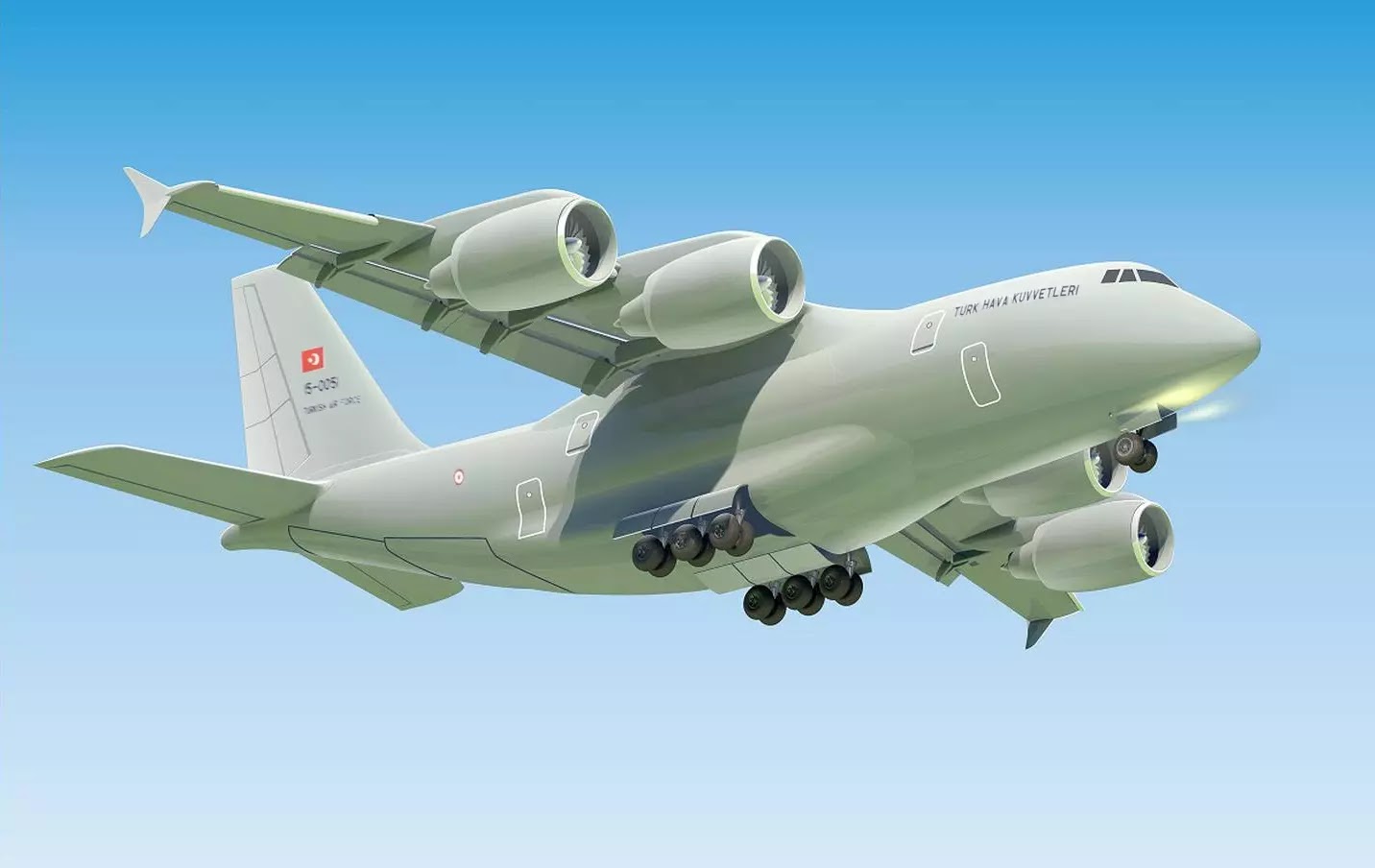,
This
list only includes destroyed vehicles and equipment of which photo
or videographic evidence is available. Therefore, the amount of
equipment destroyed is significantly higher than recorded
here. Loitering munitions, drones used as unmanned bait, civilian vehicles
and derelict equipment are not included in this
list. All possible effort has gone into avoiding duplicate entries and
discerning the status of equipment between captured or abandoned. Many
of the entries listed as 'abandoned' will likely end up captured or
destroyed. Similarly, some of the captured equipment might be destroyed
if it can't be recovered. When a vehicle is captured and then lost in service with its new owners,
it is only added as a loss of the original operator to avoid double
listings. When the origin of a piece of equipment can't
be established, it's not included in the list. The Soviet flag is used
when the equipment in question was produced prior to 1991. This list is constantly updated as additional footage
becomes available.




































